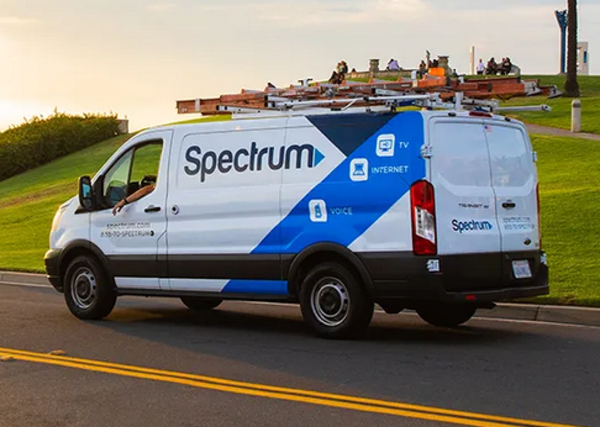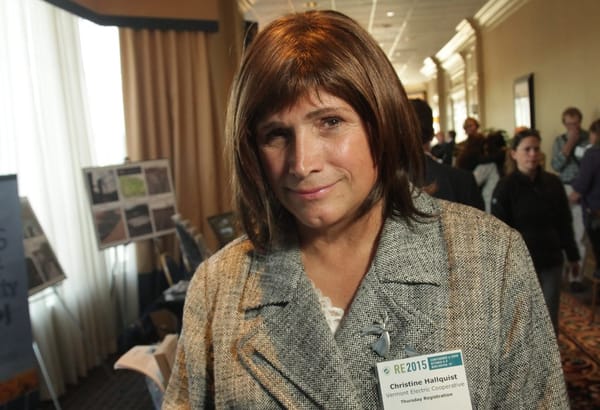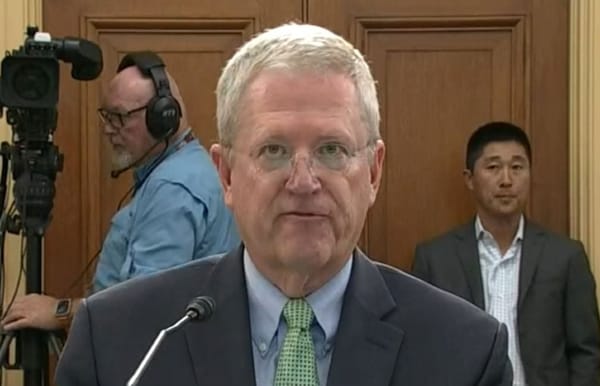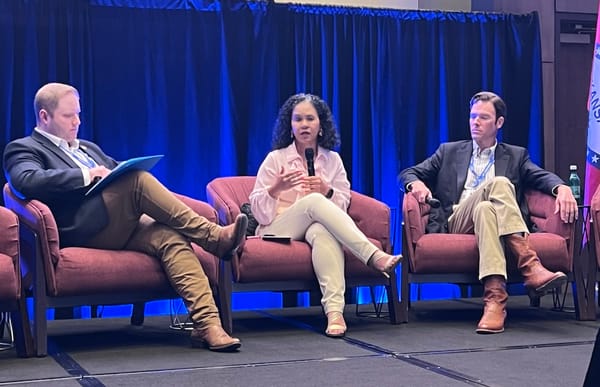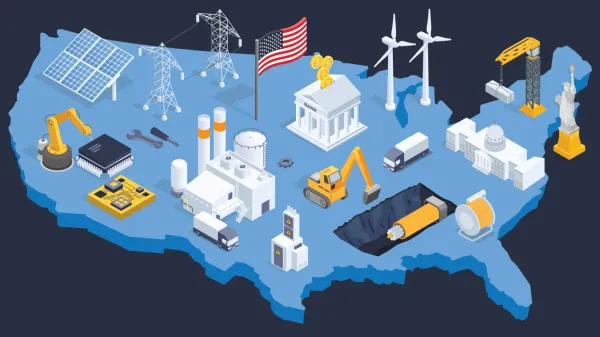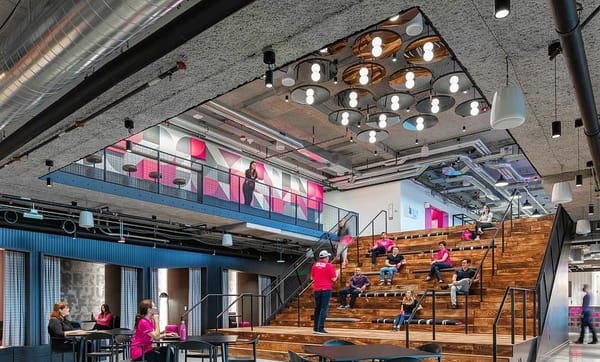Apartment Industry Sees Stable Payments, Labor Shortages and Preventative Innovations
May 21, 2020 — Apartment communities face unique challenges in coping with the coronavirus pandemic, according to a webinar hosted Wednesday by Broadband Communities. In spite of the economic havoc caused by the pandemic, rent payments have remained stable, according to Caitlin Walter, vice presiden
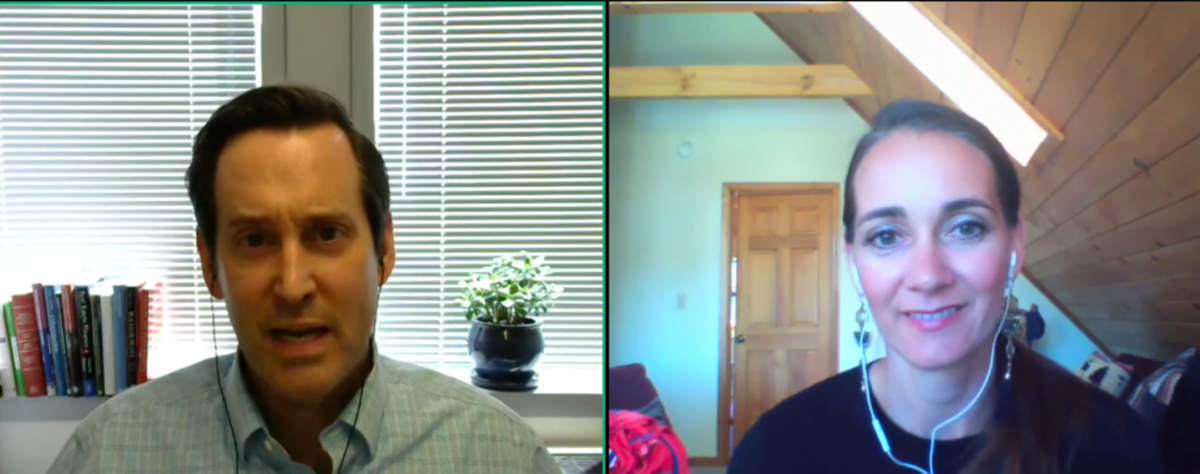
May 21, 2020 — Apartment communities face unique challenges in coping with the coronavirus pandemic, according to a webinar hosted Wednesday by Broadband Communities.
In spite of the economic havoc caused by the pandemic, rent payments have remained stable, according to Caitlin Walter, vice president of research at the National Multifamily Housing Council. Data aggregated from the five most popular lease management platforms indicate that 87.7 percent of tenants completed their payments in May 2020, compared to 89.8 percent in May 2019.
However, Walter warned against a false sense of confidence, pointing out that a large portion of survey takers also responded that they had doubts that they would be able to make future payments.
The construction of U.S. apartments has also seen serious delays. According to the NMHC, 280,000 buildings need to be built per year to keep up with demand, and finishing construction projects takes an average of 18 months. Over 70 percent of pre-COVID construction projects have experienced delays due to the virus.
Chris Acker, vice president of Lennar Multifamily Communities, said that many construction companies have demonstrated creativity by using photographs and videos of construction sites to make decisions that would be unsafe to make on site due to the risk of infection.
Acker said that he and his employees have coordinated builds via “lots of Webexes, team meetings, and telephone calls.”
The apartment industry has seen labor shortages during the outbreak, Acker said, ostensibly because “employees were too nervous to show up to the job or employees … actually got sick.”
But in spite of the shortages, many Americans have been unsuccessful in looking for work, with the current unemployment rate being the worst since the Great Depression. “The unemployment benefits seem to be helping folks pay their bills,” said Walter, “but we don’t know how that’s gonna last.”
There have been other surprising developments in the apartment industry’s adaptation to COVID.
Rick Haughey, vice president of Industry Technology Initiatives, commented on technicians’ ingenious implementation of foot-activated buttons on elevators for use by construction workers.
Such preventative adaptations may very well expand in use from builders to residents. “No one wants to touch anything any longer,” said Linda Willey, director of Ancillary Services at S&P 400 Company Camden Property Trust.
The demand for smart security technology, such as gates that open without touch or keys that don’t require physical contact, has skyrocketed, she added.
Willey also discussed a usage spike in her internet provider partners’ “drop-off model,” wherein service providers deliver do-it-yourself kits to their clients.
At the outset of the pandemic, Camden also successfully urged its partnered providers to add complimentary premium channels, educational resources and more.
“It’s during these times that you see what people are really made of,” Willey said.


